Arianna Huffington is one of the most influential journalists in the world. Her American online news aggregator has been ranked #1 on the 15 Most Popular Political Sites list and the international editions of the Huffington Post have appeared in countries such as France, Canada, the UK, Germany, Brazil and Latin America since 2011. And they are growing.
In her book Thrive, she talks about the necessity of redefining success. The tips she is giving are an eye opener for the reader. Those who work overtime and do not let themselves disconnect from their jobs are endangering their health, their happiness and their effectiveness within the work environment.
30 minutes of more sleep, a daily moderate physical activity, meditation, giving back, spending time with family and friends and turning off electronic devices when needed have healing effects on your success in the workplace. The research is overwhelming, as it has also been stated numerous times in the business magazine Forbes.
So now you know what you can do to be more efficient. Power down, give yourself a break and you'll succeed both in life and in your professional goals.



